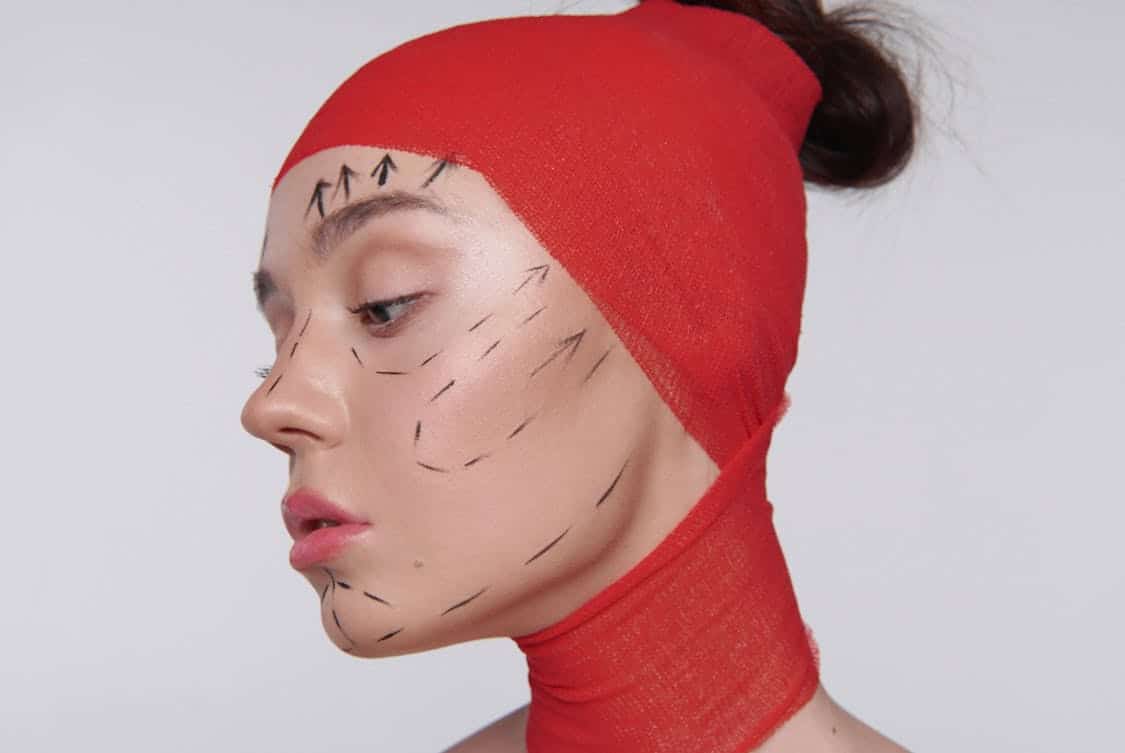Facial symmetry has long been a topic of fascination in the fields of art, beauty, and science. In aesthetic treatments, it acts as a guiding principle that practitioners often use to achieve pleasing and harmonious results.
This article explores the significance of facial symmetry in aesthetic procedures, its biological foundations, and how it can be enhanced through various treatments.
The Science of Facial Symmetry
At its core, facial symmetry refers to the proportionality and balance of facial features. A symmetrical face is often perceived as more attractive, which has been corroborated by numerous studies linking facial symmetry to perceived health and genetic fitness.
The human brain tends to favor symmetrical faces, possibly because they indicate better development and fewer genetic anomalies.
Research indicates that symmetry is not just a human preference; it spans across the animal kingdom. Many species display symmetrical traits, which are often tied to mating success. In this sense, facial symmetry is more than an aesthetic preference; it carries evolutionary implications.
Biological Implications of Symmetry
Our perception of beauty is deeply rooted in biology. Studies suggest that facial symmetry can evoke positive emotional responses. Babies, for example, are often drawn to faces that are symmetrical, which may influence their later preferences in partners.
Biologically, perfect symmetry is rare. Asymmetries can occur due to genetics, environmental factors, and even injuries. The human body is naturally asymmetrical, and slight imperfections often serve as unique identifiers.
It’s this delicate balance between natural asymmetry and ideal symmetry that aesthetic treatments aim to address.
Significance in Aesthetic Treatments
In the realm of aesthetic treatments, the goal is often to enhance a person’s natural beauty while maintaining their individuality. Practitioners utilize the principle of symmetry to create a sense of balance.
When someone undergoes treatments such as fillers, botox, or surgical procedures, the aim is to achieve harmonious proportions that align with the patient’s unique features. If you’re considering subtle enhancements that can improve your appearance, facial symmetry is often a great place to start.
For instance, lip fillers might be administered in a way that brings the upper and lower lips into a more symmetrical alignment. Such adjustments can significantly impact how features are perceived, leading to an overall improvement in facial aesthetics.
Symmetry in Non-Surgical Treatments
Non-surgical treatments have gained immense popularity in recent years. Procedures such as dermal fillers and neuromodulators like Botox are common options for those seeking to enhance facial symmetry without the commitment of surgery.
Dermal Fillers

Dermal fillers can augment facial features by adding volume to areas that may lack symmetry. For instance, if one cheek appears fuller than the other, a practitioner can inject filler into the smaller cheek to create balance.
This approach not only enhances appearance but also restores youthful contours, encouraging a more vibrant look.
Botox
Botox is often employed to address dynamic wrinkles and fine lines. However, it can also be used strategically to correct asymmetry. For instance, if one brow sits higher than the other, a skilled injector can administer Botox to the higher brow to lower it, achieving a more even appearance.
Surgical Interventions for Symmetry
While non-surgical options are appealing, some individuals may opt for more permanent solutions through surgical procedures. These operations can create more lasting results and significantly alter facial symmetry.
Rhinoplasty
Rhinoplasty, more commonly known as a nose job, can dramatically influence facial symmetry. A skilled surgeon can reshape the nose to align it more closely with other facial features, creating a harmonious balance.
Even subtle changes can have a profound impact, making the face appear more proportionate.
Facelifts and Chin Augmentation
Facelifts and chin augmentations also play a role in achieving facial symmetry. A facelift can tighten skin and reposition facial structures, addressing sagging that often leads to perceived asymmetry.
Similarly, chin augmentation can enhance facial proportions by adjusting the chin’s prominence, fostering a more balanced appearance.
The Role of Technology in Assessing Symmetry
Advancements in technology have revolutionized how practitioners evaluate and enhance facial symmetry. Tools such as 3D imaging and digital analysis allow for precise assessments of facial proportions.
These technologies enable practitioners to visualize potential outcomes before any physical alterations are made.
For example, a high-resolution 3D model of a patient’s face can be created, allowing the practitioner to identify asymmetries and determine the most effective treatment plan. This approach minimizes guesswork and offers patients a clear understanding of what to expect.
Psychological Aspects of Facial Symmetry
While the physical attributes of facial symmetry are often emphasized, the psychological dimensions are equally significant. Many individuals seeking aesthetic treatments may have complex motivations behind their desire for change.
Self-Perception and Confidence
For some, achieving facial symmetry can lead to improved self-esteem and confidence. Many people feel that enhancing their appearance can positively influence their social interactions and professional opportunities.
This psychological aspect can be a driving force behind the choice to pursue aesthetic treatments.
Conversely, unrealistic expectations can also surface. It’s essential for practitioners to engage in open dialogues with patients, ensuring that their aspirations align with realistic outcomes.
Education about the natural variations in facial features can help set a more achievable standard.
The Influence of Cultural Standards
Cultural perceptions of beauty can also impact how symmetry is viewed. In some cultures, specific facial features are idealized, leading individuals to seek treatments that align with these standards.
Practitioners should remain aware of these cultural influences to provide sensitive and tailored care to diverse patient backgrounds.
Balancing Individuality and Symmetry
Striking a balance between enhancing symmetry and preserving individuality is crucial in aesthetic treatments. Each person’s face tells a unique story, and it is important that treatments reflect that uniqueness.
The Art of Aesthetic Practice
Aesthetic practitioners often walk a fine line between artistry and science. The best results come from a deep understanding of facial anatomy coupled with an artistic eye for proportion and balance.
By focusing on enhancing natural features while addressing areas of asymmetry, practitioners can achieve outcomes that are both beautiful and authentic. The key is to celebrate the individual while creating a cohesive look that aligns with their distinct characteristics.

